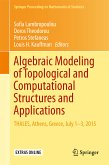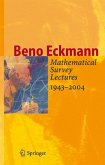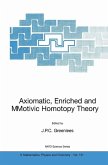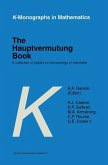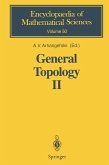In Chapter 6, we describe the concept of braid equivalence from the topological point of view. This will lead us to a new concept braid homotopy that is discussed fully in the next chapter. As just mentioned, in Chapter 7, we shall discuss the difference between braid equivalence and braid homotopy. Also in this chapter, we define a homotopy braid invariant that turns out to be the so-called Milnor number. Chapter 8 is a quick review of knot theory, including Alexander's theorem. While, Chapters 9 is devoted to Markov's theorem, which allows the application of this theory to other fields. This was one of the motivations Artin had in mind when he began studying braid theory. In Chapter 10, we discuss the primary applications of braid theory to knot theory, including the introduction of the most important invariants of knot theory, the Alexander polynomial and the Jones polynomial. In Chapter 11, motivated by Dirac's string problem, the ordinary braid group is generalized to the braid groups of various surfaces. We discuss these groups from an intuitive and diagrammatic point of view. In the last short chapter 12, we present without proof one theorem, due to Gorin and Lin [GoL] , that is a surprising application of braid theory to the theory of algebraic equations.
Dieser Download kann aus rechtlichen Gründen nur mit Rechnungsadresse in A, B, BG, CY, CZ, D, DK, EW, E, FIN, F, GR, HR, H, IRL, I, LT, L, LR, M, NL, PL, P, R, S, SLO, SK ausgeliefert werden.



